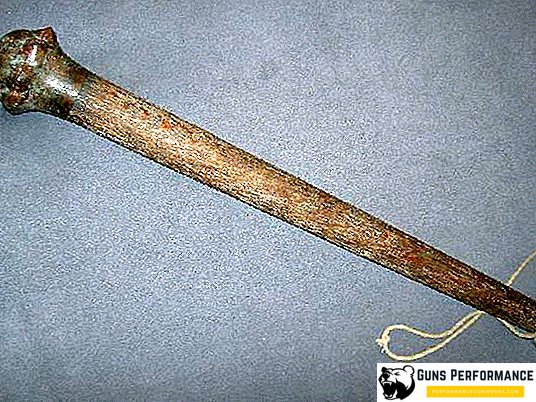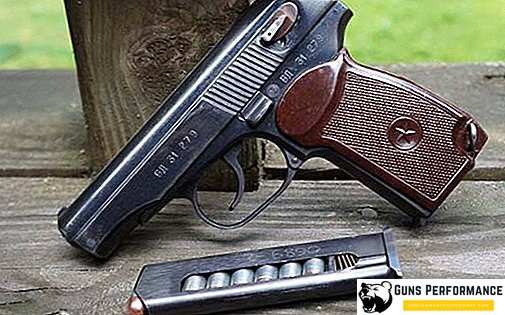Stiletto - a narrow knife with a faceted blade, common in Europe of the XV-XVIII centuries. A specific kind of dagger, characterized by the presence of a straight cross and a very long and thin blade, first appeared in Italy and Spain, in the Renaissance. Perhaps, it is a further evolution of misericordia (a special knight's dagger used to finish off wounded soldiers). Stiletto was meant for one sudden blow, often broke in a wound, which increased the probability of death.
Cold weapon stiletto and its description

Stiletto is designed for stabbing. In contrast to the usual double-edged dagger, which effectively cut. The thin faceted stylet blade is suitable only for injections. This cold weapon, beloved by the soldiers of the Renaissance, has a blade of various shapes:
- Triangular;
- Oval;
- Round;
- Four or Hex.
Some models are equipped with valleys or ribs. The Italian and Spanish versions of the 17th century stiletto had a triangular blade. The handle of the stylet was often made of iron, but various materials, such as wood, bone or horn, were also very popular. The length of the classic version of the Spanish stiletto blade is about 23-25 cm, but in some countries there were samples with blades up to 50 cm.
Eastern variants of European stilettos

In the East, there were their own variants of stylets. In the first millennium BC in ancient China there were special awl-shaped knives for piercing armor. Depending on the size of the blade (warriors had stilettos longer), this cold weapon was in the arsenal of professional killers and military men. Since the narrow faceted blade was able to break the chain mail with one blow, the stilettos were often hidden and used suddenly when the enemy did not expect this.
Japanese knives can be considered as types of stylets, divided into three broad categories:
- Tanto is a finishing knife, shaped like a katana. Sometimes the guard of this knife was supplied with pointed protrusions, and the legendary ninjas were particularly successful in making such models;
- Yoroy-Doshi - a knife with half guard;
- Aiku-chi is a knife without guard.
Although outwardly these models do not resemble classic Italian stilettos, they were used for the same purposes. The combat use of the Japanese stiletto was possible due to the presence of a special-shaped tip that allows punching armor without breaking the blade.
Most of the above Japanese knives-stilettos were a mandatory addition to samurai swords. Simple ashigaru soldiers, ninjas and merchants did not have samurai knives. They used several types of auxiliary blades, which are more similar to classic Renaissance European stilettos:
- Kogai - the core of a special form, often used as a secret weapon. If necessary, he also finished off the wounded. Most like a spit or rod with two faces. Sometimes there were models with a tetrahedral blade that inflicted terrible wounds;
- Kozuka is an economic knife, it could be thrown;
- Shaken - a long nail, tossed and found application in everyday life;
- Kansashi are long, 20-inch knitting needles stilettos for hair, the favorite weapon of geisha and ninja women to kill samurai.
There were other versions of Oriental stilettos, but these were the author's models, made in single copies.
Features of stilettos
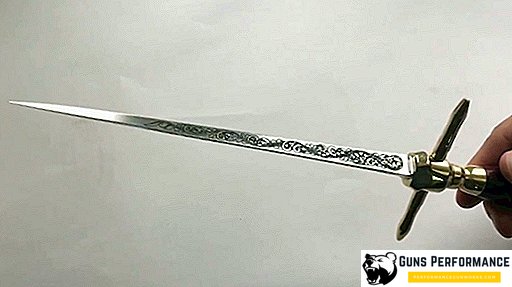
Stiletto during the Renaissance epoch became famous as the favorite weapon of murderers. The length of the Spanish classic stylet was enough to stab the enemy in the heart, and the small weight of the weapon allowed to hide it safely in the sleeve. In the killer version, the stylet often did not have a protective guard, and the thin blade was blackened, which made it inconspicuous at night and at dusk. The killer struck the usual punch, which became fatal due to the blade between his fingers.
Often the blade was smeared with poison, and the victim could have had one minor injection for death. In any case, the wounds inflicted by faceted stiletto were invisible, as they gave a minimum of blood. When removing the weapon from the wound, it closed, and the victim died from internal bleeding. The sinister blade deserved the fame of assassins' weapons, because to use it, it was necessary to know the special points on the human body and to have a well-placed blow.
Classic and throwing stilettos
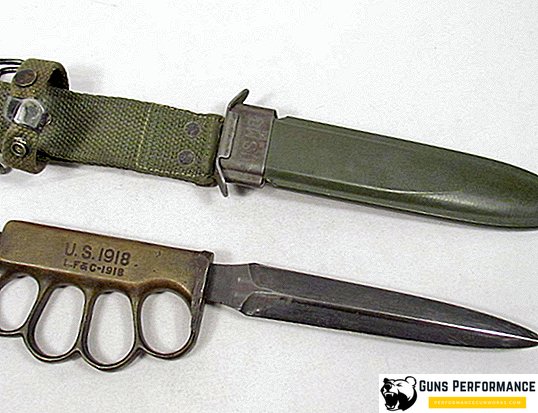
Throwing stilettos most often have a triangular blade shape, a hole is usually made in the handle for a cord or rope, which ensures the return of the weapon after an unsuccessful throw. A simple loop is wrung from the cord, which is often worn on the wrist, preventing the stylet from slipping out of the hand.
Classic versions of weapons of this type have a comfortable handle, resting in the palm when you strike. Although the era of such stilettos was completed in the XVII century, the gunners of the XVIII-XIX centuries wore daggers with a ruler on a blade similar to them, which served to measure the amount of gunpowder when loading guns.
Not everyone knows, but the Russian rifle bayonet is a modern version of the stylet. From such thin and inconspicuous blades, several times more soldiers died at one time than from wide European bayonet knives. During the First World War (1914-1918), the United States Army was armed with its own stylet version - knives-knuckles M1918. The blade of this cold weapon had a thickness of about 5 mm, and the knuckle handle served to strike with a fist. The presence of a cutting edge on both sides of the blade, as a rule, was an indispensable element of knives M1918.
Stilettos of the 20th century and their features
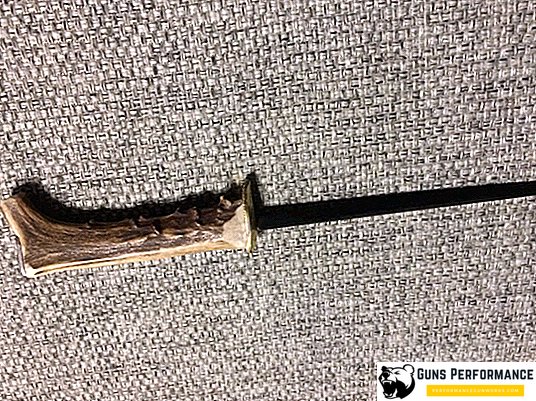
During World War I, European soldiers used trench knives instead of knives of the American army. Renaissance stilettos, spread throughout Europe since the beginning of the 15th century, were revived. The soldiers themselves were making themselves “last chance” weapons from rifle bayonets and sabers debris. In hot trench battles, stilettos with a thin narrow blade of a straight form turned out to be more effective. The most famous factory version of the style of the First World War is the sea dirk. Although it is rather a dagger with a short cruciform guard, the dirk’s combat style is based on piercing unexpected blows.
Currently classic style style blades can be found in the criminal environment. “Zonovskaya” sharpening is a typical stylet of a simplified type. Those wishing to purchase such weapons need to know that the police are extremely negative about the owner of such a blade.



